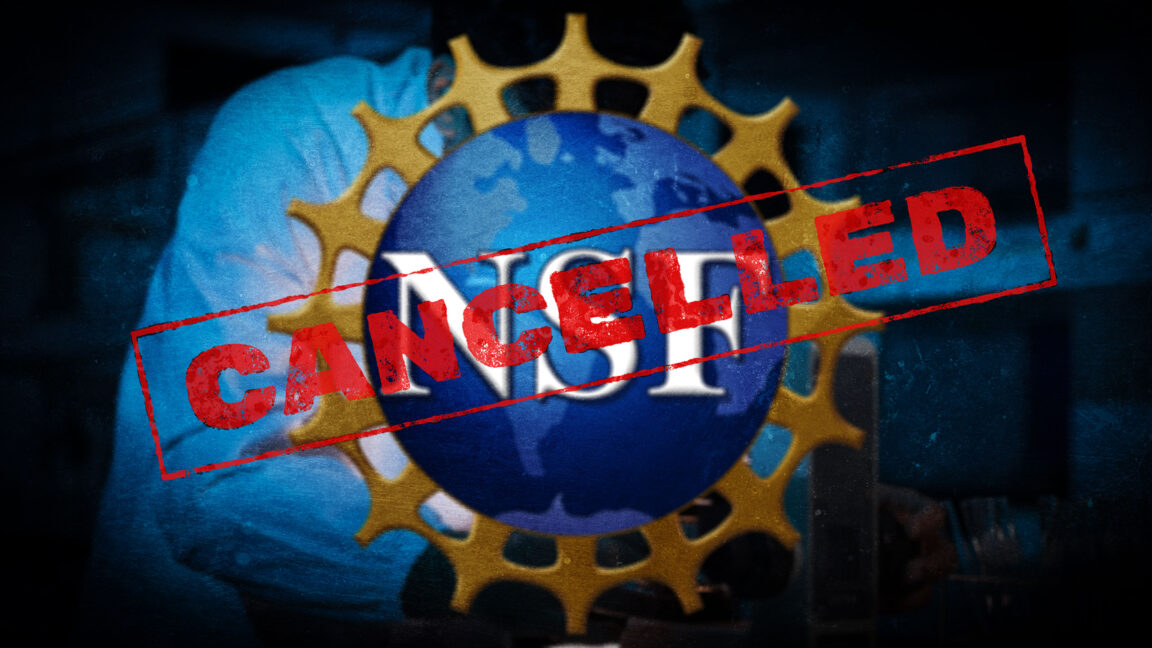Dying Satellites Can Drive Climate Change and Ozone Depletion, Study Finds
There's 9,000 satellites circling the earth, the Guardian points out, with projections over over 60,000 by 2040. But "A new study shows that the emissions from expired satellites, as they fall to Earth and burn up, will be significant in future years, with implications for ozone hole recovery and climate." Most old satellites are disposed of by reducing their altitude and letting them burn up as they fall, releasing pollution into Earth's atmosphere such as aerosolised aluminium. To understand the impact of these growing emissions from expired satellites, researchers simulated the effects associated with an annual release of 10,000 tonnes of aluminium oxide by 2040 (the amount estimated to be released from disposal of 3,000 satellites a year, assuming a fleet of 60,000 satellites). The results, which are published in Journal of Geophysical Research Atmospheres, show that the re-entry material will accumulate at high latitudes and could result in temperature anomalies of up to 1.5C in the middle to upper atmosphere, reduction of wind speeds and ozone depletion, which could jeopardise ozone hole recovery. "At present, impacts on the middle and the upper atmosphere are small," the researchers write, "but have the potential to increase." They argue that "to shed light upon the potential climate impacts of increased satellite reentry," an "expanded effort, including observations and modeling is needed." Thanks to long-time Slashdot reader AmiMoJo for sharing the article. Read more of this story at Slashdot.

Read more of this story at Slashdot.



























































































































